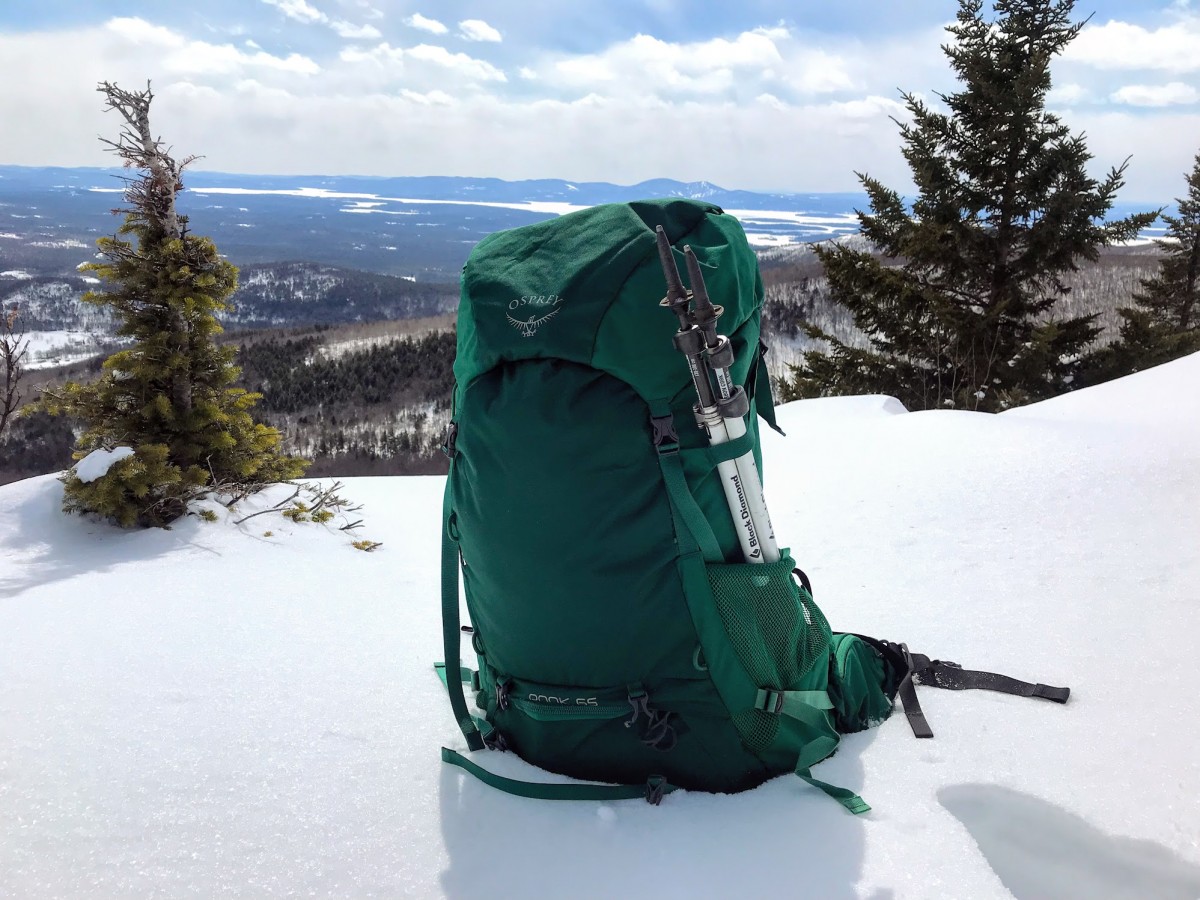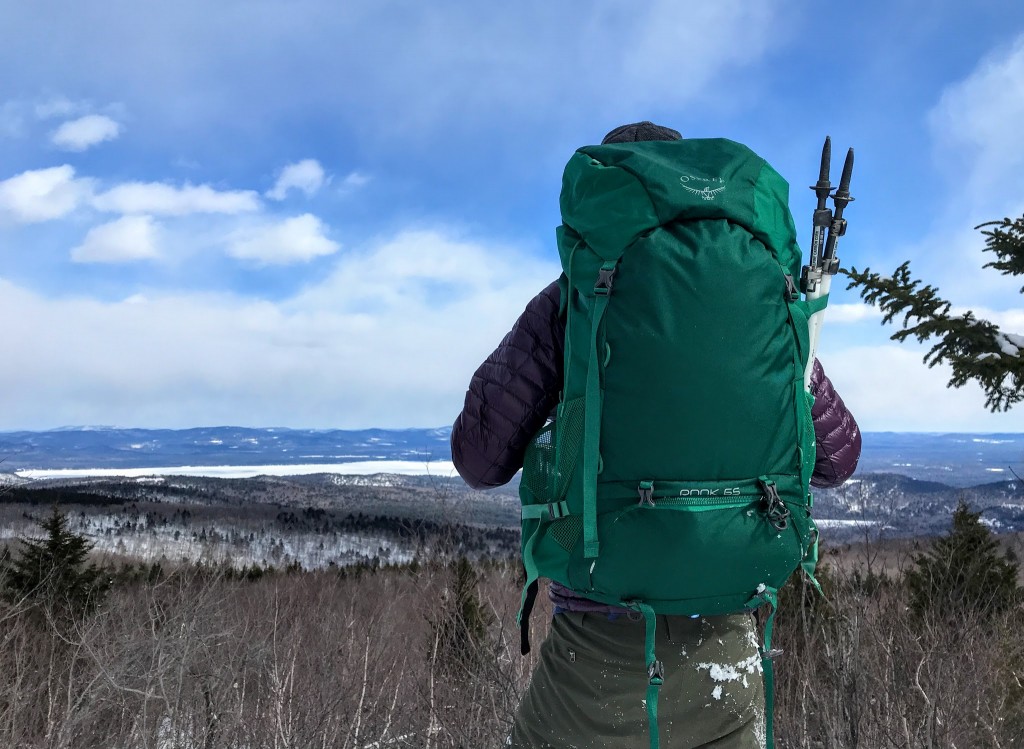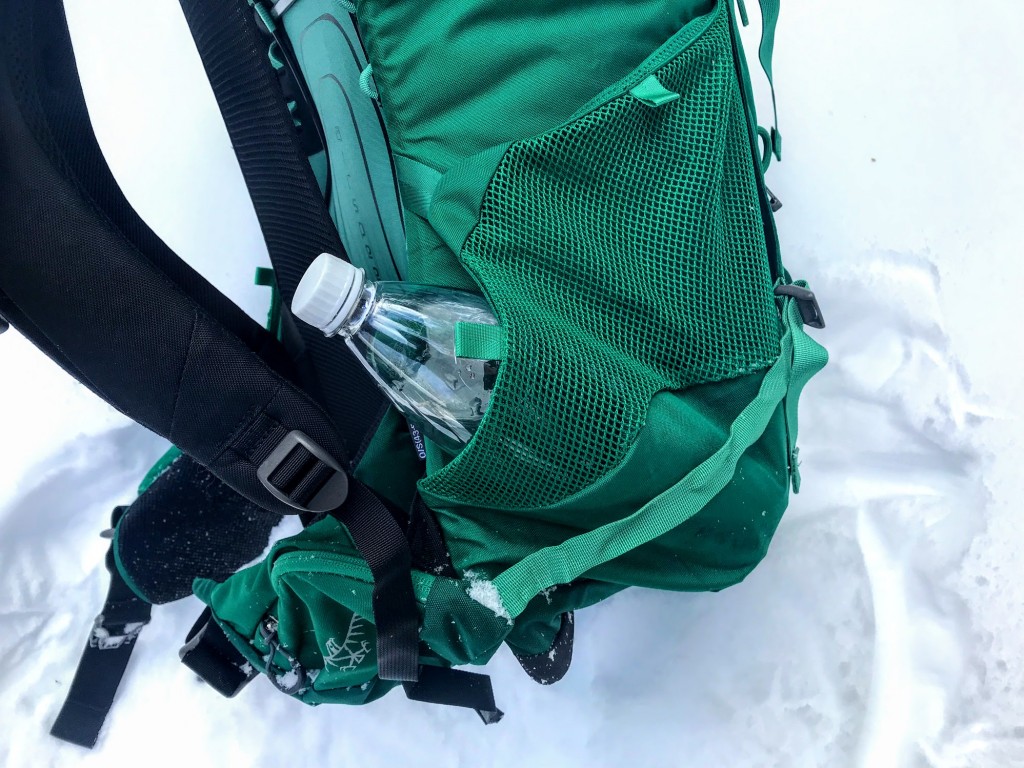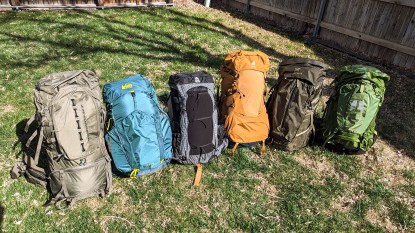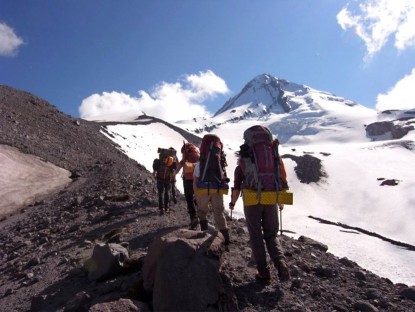Our Verdict
Our Analysis and Test Results
The Osprey Rook 65 lands in the lower tier of overall scores because of its only mediocre performance across the board. This pack offers a simple set of features at a good price point. Its suspension system across the back is robust but lacks a lot of the comfort of cushier models in the shoulders and waist belt. We generally found the features of this pack felt a little stiff and its form a little bloated. Its lower weight is a plus, but we think there are better backpacking packs in our best backpacking backpack review for the average loads this pack is designed to carry. It didn't fail in any specific regard, but it also didn't overly impress us.
Performance Comparison
Comfort
This model is in the middle of the pack for comfort. The shoulder straps are ergonomically shaped, but they don't offer quite enough padding, and the fabric on the underside of the waist and shoulder straps is abrasive after a few miles.
It carries 30-40 pounds by design. It takes small loads well, so if overnights are in your future, this could be one to consider. In practice, however, we found that carrying comfort began to diminish after about 35 pounds.
We appreciate the effort put into the suspension on this budget pack, but there are better options out there. The airspeed back panel provides superior ventilation, and the wireframe does do an excellent job of transferring the load to the waist belt, so it's a practical design, we just didn't find the waist belt to be particularly comfortable.
Ease of Use
In the spirit of its minimalist muses, this pack comes with a basic feature set. It has two mesh water bottle pockets with 'on the move' side access. The sleeping bag compartment zipper makes it easy to grab something from the bottom of the pack mid-hike. There is a flap on the inside of the main compartment which can separate the bottom from the top which is helpful if you have a wet bag or a tent that you need to keep separate from the rest of your gear. The side compression straps on the top and bottom are handy for trekking or tent poles, and there is also a separate set of straps that could be nice for a foam sleeping pad.
We found that the lid was a toss-up. On the one hand, its narrow opening means that gear isn't spilling out all over the trail. On the other hand, it's just difficult to see into the pocket to get what you are after. Because the lid integrates into the main body of the pack, the opening is rather tight as well making for much more of a fishing expedition than we would want from a lid.
Weight
While this model is among the lightest packs reviewed, we felt it could offer more features or functionality for its weight.
Adjustability
The adjustability of this pack is adequate for most people but also limited in some ways. It comes in one fixed size with a 4-inch range on the torso, which is pleasantly simple to adjust. There is no 'like super glue' velcro to separate, just a peg on each side that pops out of a webbing loop, enabling the shoulder straps to slide up or down. The sternum strap similarly has discrete cord loops that secure it at different heights on the shoulder straps.
On the flip side, our testing revealed that our particularly skinny reviewers had trouble cinching down the waist belt. They just about ran out of strap before they could get it properly secure.
Value
The biggest selling point of this pack is its price. It lacks some of the features and performance that we have come to be spoiled by with some other models. However, if you aren't thrilled with the idea of dropping more money than you have to, this model could be worth a look.
Conclusion
This budget pack will get you from start to finish, but you won't necessarily get there in style. Its basic feature set feels minimalist, but it doesn't come at a minimalist weight. If your bottom line is your top priority, this is the least expensive pack in our review; however, for a few more dollars you can get a significantly more comfortable, more capable pack.


